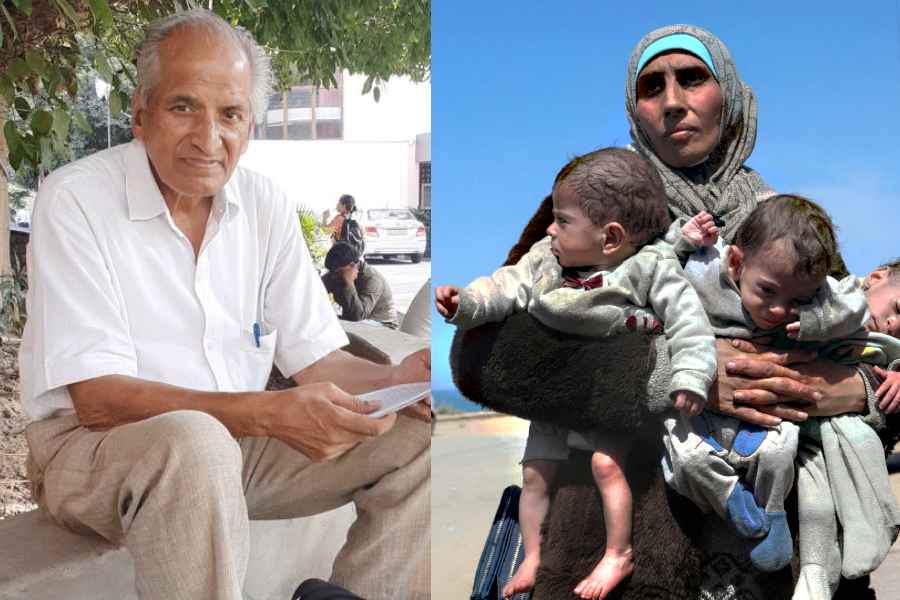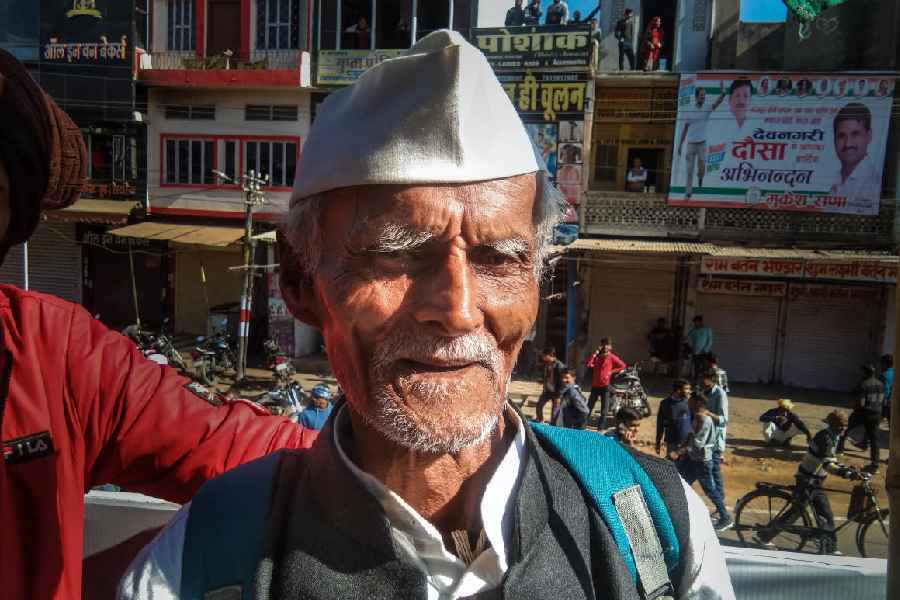
Calcutta was left shaken by a second earthquake in as many days on Sunday afternoon, the 10-second tremor leading many to believe that what they felt were aftershocks of Saturday's massive jolt.
Metro highlights the difference between Sunday's tremors, which started eight seconds past 12.38pm and lasted 10 seconds, and the earthquake that devastated Nepal and coursed through north and east India on Sunday.
• This was a fresh earthquake and not aftershocks?
Yes, although seismologically this earthquake was triggered by the one on Saturday. The epicentre of Sunday's quake was also in Nepal, at a place called Kodari, 150km from Lamjung, the epicentre of Saturday's tremors.
• How much longer were Saturday's tremors?
By a long way. On Saturday, the jolts came in waves and lasted one-and-a-half minutes. Sunday's earthquake was tame in comparison and lasted 10 seconds.
• Calcutta is almost equidistant from the epicentres of both seismic events? So, what made them different?
Both places are about 1,000km from Calcutta but Saturday's quake was much stronger, measuring 7.8 on the Richter scale. Sunday's measured 6.7. The intensity of the quake read III on a scale of XII for Calcutta on Sunday. On Saturday, it had been IV. In Nepal, Saturday's quake was IX in intensity while Sunday's was VI.
• Did Sunday's quake trigger aftershocks?
Yes. There were two aftershocks at 12.56pm, the first one measuring 5 on the Richter scale and one of 4.7 exactly 20 minutes later. These were not felt in Calcutta. The city had felt only one among 26 aftershocks of Saturday's quake.
• Are earthquakes on consecutive days rare?
According to IIT professor Sankar Kumar Nath, back-to-back quakes were expected because of the huge amount of energy released during Saturday's quake.










